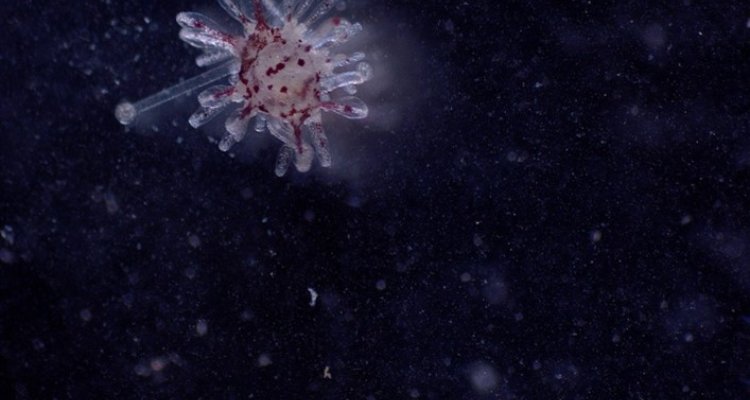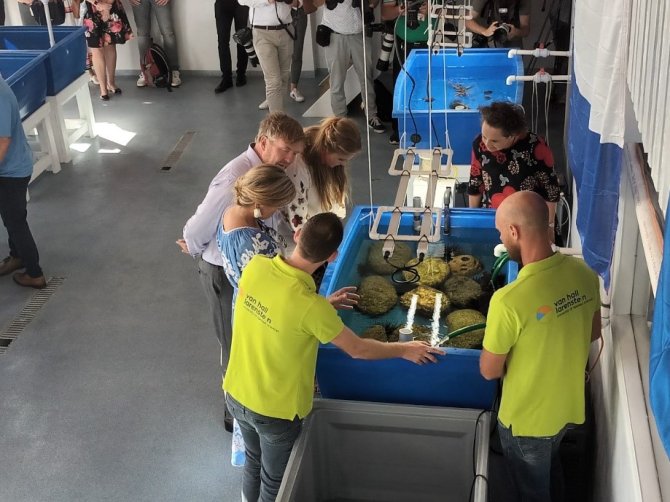
Project
Restoration of the long spined sea urchin, Diadema antillarum in the Caribbean
Motivation:
Caribbean coral reefs have shifted from coral to algal dominated ecosystems. High algae cover reduces coral recruitment, limiting recovery from disturbance and resulting in a flatter, less biodiverse reef. A direct contributor to this shift is the 1980’s mass die-off of the grazing sea urchin Diadema antillarum. Natural recovery of Diadema has been slow and limited, making active restoration of this important grazer a high priority for Caribbean coral reef management. Prior to any restocking, key knowledge gaps need to be addressed. Current cultivation methods can produce only a limited number of competent larvae, with small percentages of larvae surviving to the juvenile stage. Additionally, retention of restocked juveniles is low. The RAAK PRO Diadema II project aims to addresses cultivation limitations by comparing larval development and survival across multiple cultivation methods. Increasing survival through to the post settlement stage can drastically improve the output in cultivation. We will investigate the relationship between larval size and post settlement survival to optimize survival in cultivation. Grow-out in situ with basic protection against predation, can help prepare cultivated juveniles for natural conditions and optimal restocking size might also increase restocking retention. Restocking Diadema, aims to reduce macroalgae to free up space for corals to settle and survive, and thereby increase reef resilience to other stressors.
Aim & objectives/research questions:
- Which cultivation method produces highest numbers of competent larvae with minimal input.
- What is the effect of larval size on settlement and post settlement survival
- How are lab-reared different in terms of behavior, morphology and physiology and how can we mitigate this?
Methodology:
With an upscaled vessel method developed on Saba, we have successfully reared 60,000 larvae and produced hundreds of settlers over a two month period. We will continue to optimize this system. Competent larvae produced can be used to study post-settlement survival. Juveniles will be grown out to different size classes under laboratory or in situ conditions to study restocking retention rates.
Publications:
Klokman, O. J., & Hylkema, A. (2024). Spatial distribution of settlement of Diadema antillarum around Saba, Dutch Caribbean.PeerJ,12, e17291. https://doi.org/10.7717/peerj.17291

